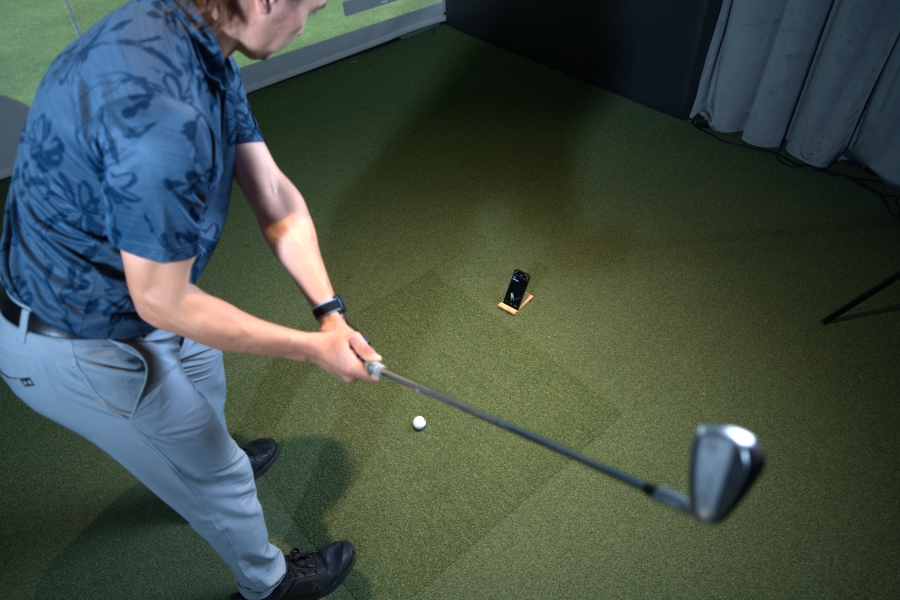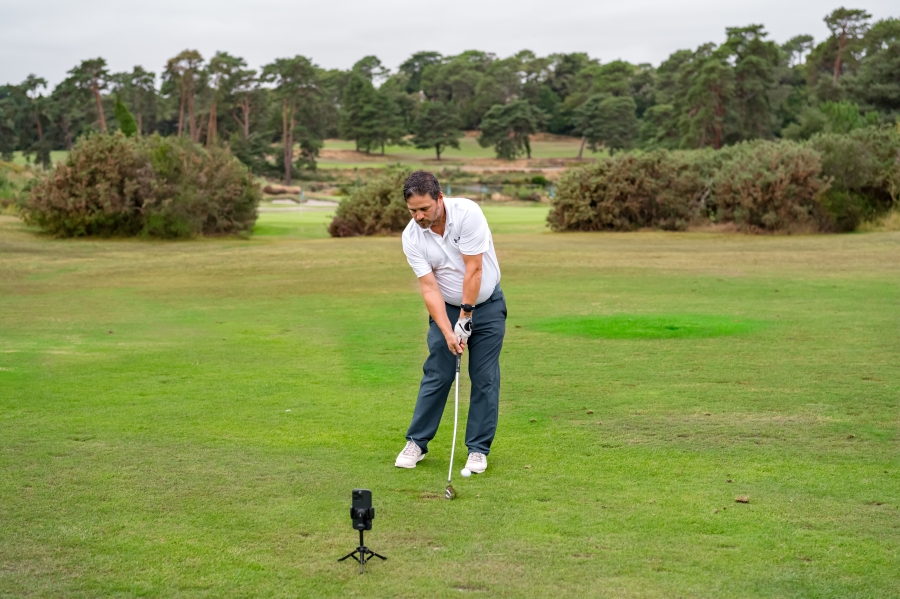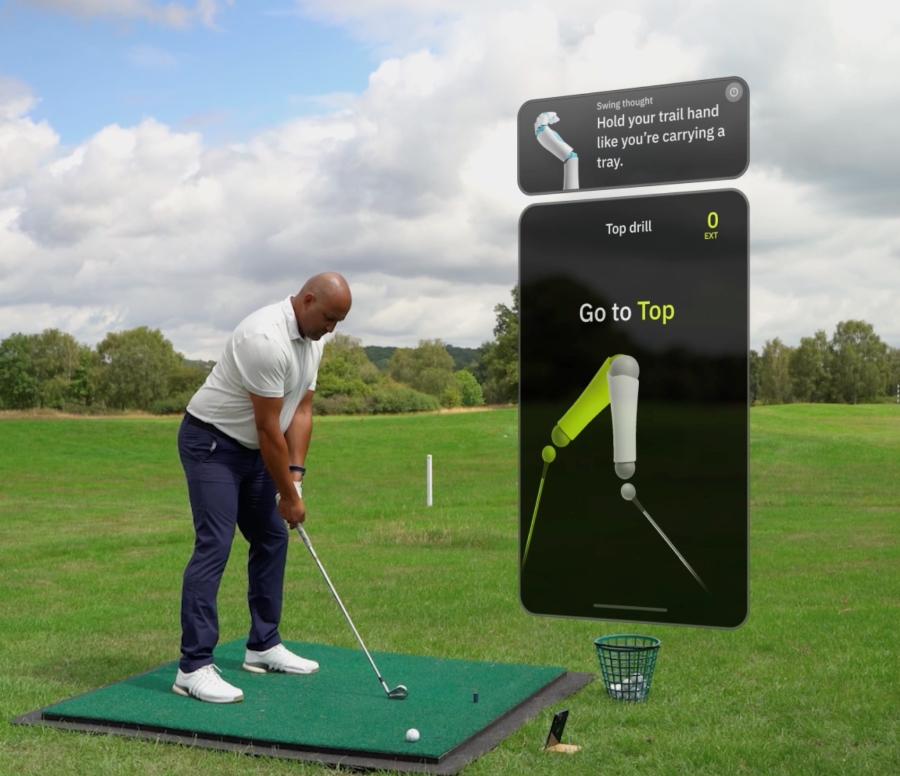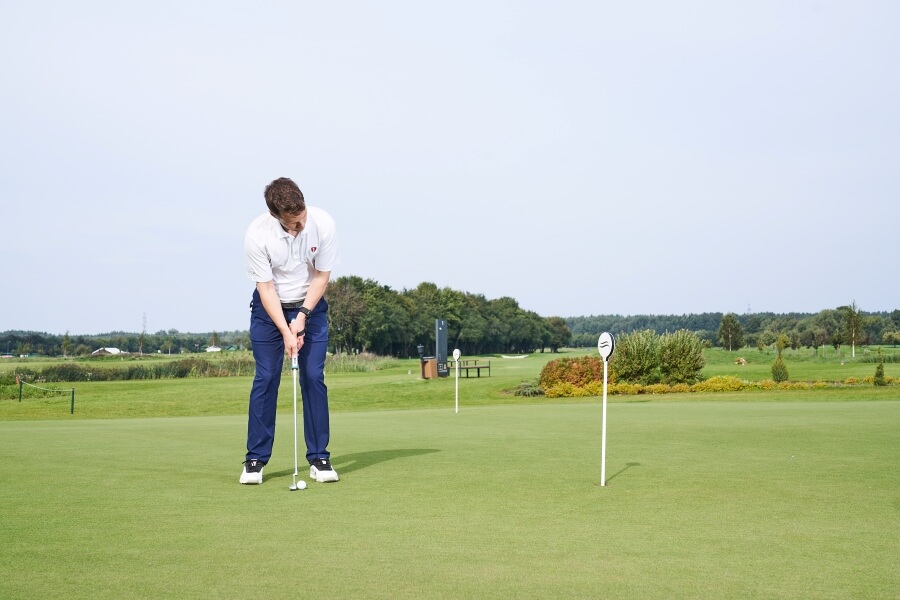Key Learnings from HackMotion: Player Data and Insights
With more than 1,000,000 golf swings recorded, we have made in-depth discoveries about the golf swing.
December 2, 2025
8 minutes read
The Role of Wrist Action in Golf Swing
A complete guide detailing everything about how the wrists work in the golf swing.
September 30, 2025
15 minutes read

December 11, 2025
10 minutes read
Golf Yips Explained: Causes, Fixes & How to Get Rid of Yips in You...
Golf swing yips happen to golfers at every level, even the best players in the world. They show up a...

December 10, 2025
8 minutes read
Average Golf Swing Speed by Age (With Charts): What’s Normal and How...
At some point, every golfer wonders: “Is my swing speed normal for my age—or am I way behind?”...

December 10, 2025
8 minutes read
Not Taking Divots With Irons? What It Really Means and How to Fix It (...
Most golfers know they should take a divot with their irons, but few understand why it matters, what...

December 2, 2025
4 minutes read
Why Your Game Works One Day and Falls Apart the Next (Video by LetR...
If you’ve ever had a round where one part of your game feels great while another completely falls ...

December 2, 2025
4 minutes read
The Missing Half of Your Golf Swing (What Pros Know and Amateurs Ignor...
Most golfers spend all their time working on the lead arm. They work on lead wrist position, flatten...

December 2, 2025
4 minutes read
Master Low Point Control: The Line Drill Every Golfer Should Practice
If you’ve learned how to repeat your setup, stance, and alignment, you’re already well on your w...

March 7, 2025
4 minutes read
Jason Birnbaum on The Role of Grip in Golf: A HackMotion Webinar
We say it often at HackMotion, but the grip is your only connection with the club. If the grip is in...

January 31, 2025
4 minutes read
Dan Whittaker’s Case Study: Fixing Wrist Angles & Club Position ...
Golf coach Dan Whittaker breaks down a real-world case study of Sadie Adams, a highly skilled junior...

August 2, 2024
4 minutes read
The Ideal Wrist Positions in Golf: Insights from Tyler Ferrell’s...
As part of our HackMotion webinar, coach Tyler Ferrell gave a presentation on using the wrists in th...

November 27, 2025
7 minutes read
9 Lag Putting Drills to Eliminate 3-Putts Forever
Three-putting is something that all golfers fear. None of us ever want to do it and the most frustra...

November 27, 2025
6 minutes read
The Best Drills for Hitting Hybrids and Fairway Woods Consistently
We all know how important the short game is to scoring low, but that doesn’t mean we can overlook ...

November 27, 2025
5 minutes read
8 Best Chipping Drills to Lower Scores and Build Short-Game Consistenc...
One of the most fun areas of the game to practice is chipping. While it may not get as much practice...